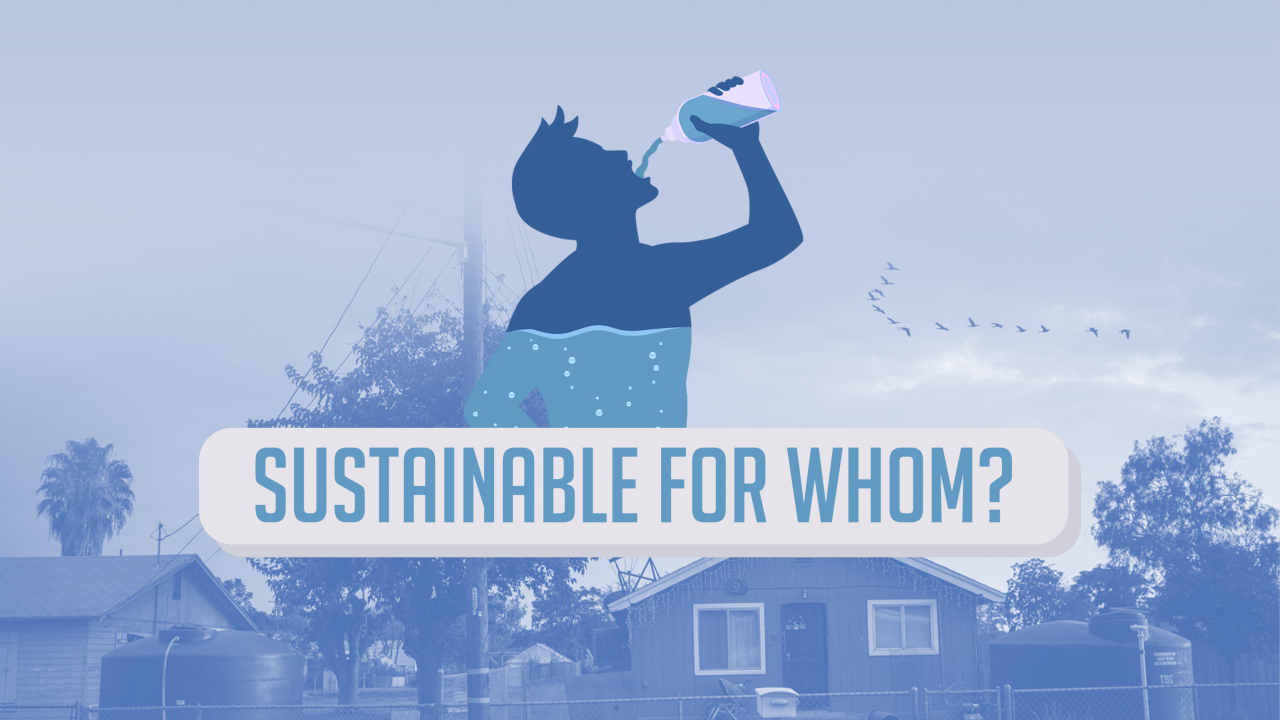
Sustainable for Whom? The impact of Groundwater Sustainability Plans on Domestic Wells
Sustainable for Whom? The Impact of Groundwater Sustainability Plans on Domestic Wells
Authors: Darcy Bostic, Kristin Dobbin, Rich Pauloo, Jessica Mendoza, Michael Kuo, Jonathan London.
Studies estimate that 1.5 – 2.5 million Californians rely on domestic wells to meet their household water needs (Johnson and Belitz 2015; Dieter et al. 2018; Pace et al. 2020). But because domestic wells are often shallow, they are also often sensitive to changes in groundwater levels. As such, sustainable groundwater management has an important role to play in safeguarding the health and safety of residents and the achievement of California’s recognized Human Right to Water.
This report analyzes 41 Groundwater Sustainability Plans in 19 critical priority subbasins in California (in the San Joaquin Valley, Central California, and the Central Coast) to assess monitoring network coverage and the vulnerability of domestic wells to minimum thresholds (MTs), or the lowest groundwater level considered sustainable. We find that GSPs range in lateral spatial coverage (33 - 100 %) and coverage of domestic wells (43 - 100%) within their boundaries. Overall, estimated domestic well failure rates are on par with a management regime of “business as usual” or status quo groundwater extraction (Pauloo et al. 2020). Results suggest that 1,000 - 6,000 wells are at risk of failure in critical priority basins under proposed MTs. In what follows we present the research methodology, key results, and a set of policy recommendations to assist the achievement of sustainable groundwater management in California that is compatible with the state's efforts to achieve the human right to water.
This research was supported through a generous grant from the Water Foundation.
Full Report
Executive Summary
